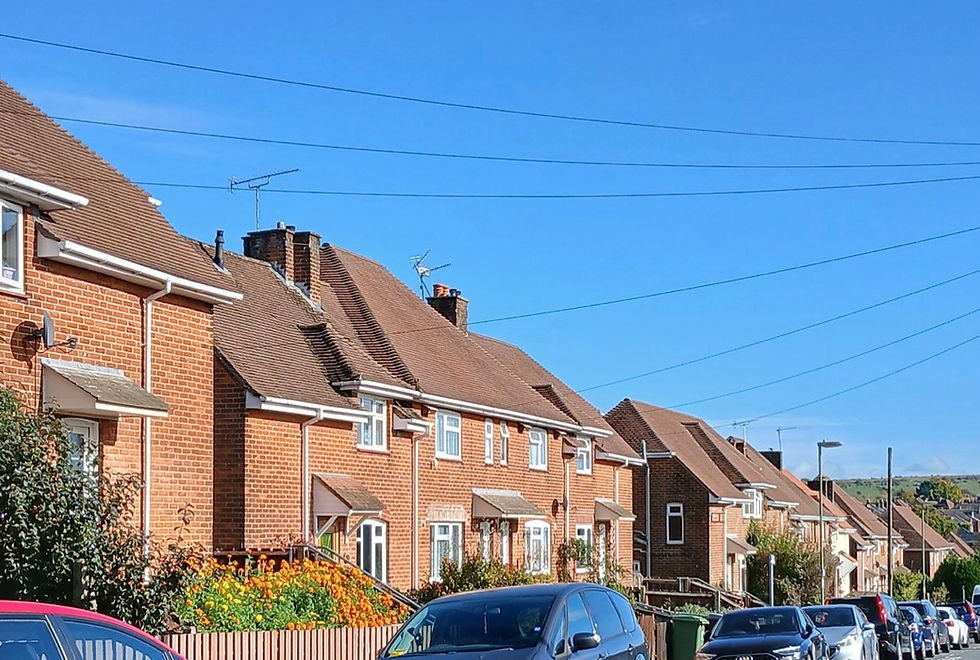The Swift population on the New Milton Estate
- Dec 18, 2023
- 2 min read
Last year we reported that the Swift population at the North Milton Estate in SW Hampshire was close to its maximum given the number of available nesting spaces that were provided by NFDC when the blocks of flats were repaired and upgraded just over ten years ago. In 2022 the number of occupied Swift nests was 68 compared to 58 recorded in 2023.

The reason for this apparent decline in numbers of occupied nests (15%) isn’t known but let’s consider the possibilities:
An actual decline caused by a failure of birds returning from Africa. What we do know is that many birds returned to their nesting sites later than usual this year but we don’t at this stage know of any other sites in the county where numbers have actually gone down. We also know that the unseasonally cold weather in the first half of the nesting season caused many Swifts to spend longer periods away from their nest sites searching for food. This meant that although many people reported to us that they had seen smaller numbers this year and feared that the colony had declined, when we analysed the data/inspected the nests we found that in fact numbers had increased, sometimes significantly.
Predation by Sparrowhawks. It is known that Sparrowhawks do on occasion target Swifts and once they work out a successful way of catching them such as happened at the Oxford Museum of Natural History in 2011/2012 they can devastate a close-knit colony of Swifts. Dick Newell has also noted this on a couple of occasions in Cambridgeshire at colonies in churches. Sparrowhawks were seen over the Estate during the summer and on one occasion one was seen to chase a Swift though the outcome was unknown.
Reduced man hours of observation in 2023 compared to 2022. 48½ man hours were spent observing the colony in 2023 compared to 75 man hours in 2022 (35% reduction). For a species that can sometimes spend several hours away from the nest before returning to it, and where it can then disappear inside or exit and be gone in a fraction of a second then my view is that this is the most likely cause of the apparent decline.
It should be noted that the number of nest sites occupied by Starlings and House Sparrows also reduced significantly in 2023. The reason for this is also unknown though again it is perhaps a combination of observer effort and the local weather conditions which are perhaps more likely to affect the nesting of these species.
Our thanks go once again to Bob Lord and his band of willing volunteer surveyors for their time spent in monitoring the North Milton Estate.




Comments